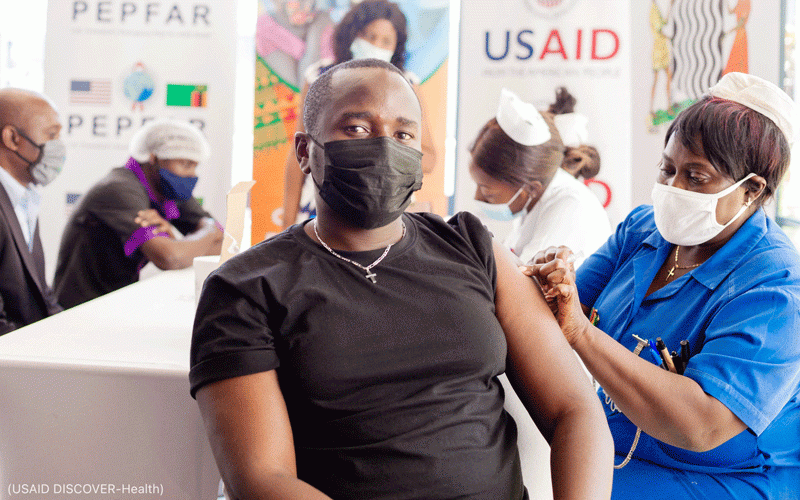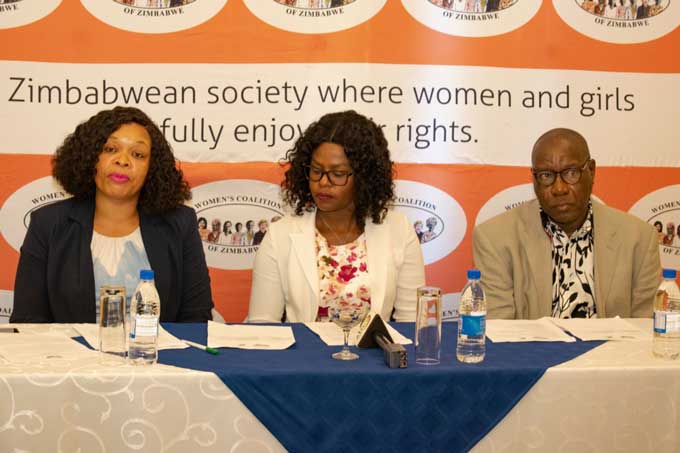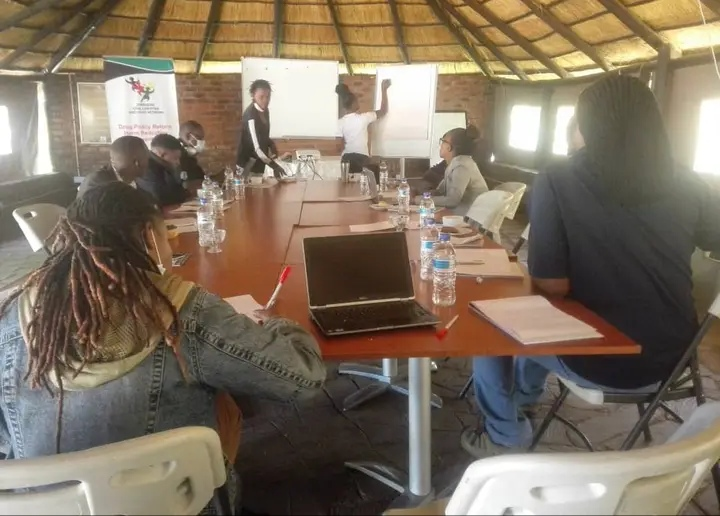
On January 28, 2003, the then President of the United States George W Bush announced the creation of the United States President’s Emergency Plan for Aids Relief (Pepfar) during his State of the Union address.
This new initiative, which he called “a work of mercy,” initially aimed to treat two million people living with HIV over five years. Since then, Pepfar has grown significantly. It now represents the greatest commitment by any nation towards tackling a single disease.
Today (yesterday), as we mark 20 years of Pepfar, we are proud of the progress that has come from the US government’s more than US$2 billion investment in Zimbabwe’s HIV response. At the same time, we recommit ourselves to sustainably controlling the HIV epidemic and ending Aids by 2030.
Globally, since the start of Pepfar, new HIV infections have been reduced by 42% since their peak in 2004, while Aids-related deaths have declined by 64% since their peak in 2004 — thanks in large part to Pepfar and US contributions to the Global Fund to Fight Aids, Tuberculosis and malaria.
Today, we celebrate the millions of lives saved thanks to the initiative, including 1,28 million Zimbabweans currently receiving HIV treatment.
More than three quarters of them (77%) have achieved viral load suppression, meaning they cannot sexually transmit the virus to their partners — a major milestone in bringing the infection under control. Mortality is a fraction of what it was before Pepfar’s creation.
In Zimbabwe, the US government has left imprints of success over the past year by providing:
lHIV testing and counseling for nearly 1.28 million people.
- To or not to deduct Aids Levy from VAT in Zim
- To or not to deduct Aids Levy from VAT in Zim
- School of sport: The individual who should not
- School of sport: The individual who should not
Keep Reading
lCervical cancer screening for more than 192,400 HIV-positive women.
lViral load testing for more than 800 000 people living with HIV.
lVoluntary medical male circumcision for 134 794 men to reduce the risk of contracting and transmitting HIV.
lTuberculosis preventative treatment for more than 653 400 people since the start of the programme.
lServices for 423 574 orphans and vulnerable children and their families, including HIV prevention, care and treatment, education support and psychosocial services.
Partnerships play a big role in Pepfar. Since the program’s creation, the U.S. government has collaborated with partner governments, the private sector, philanthropic organisations, multilateral institutions, civil society and faith-based organisations, people living with HIV, and many others.
“Nothing can be achieved without partnerships — it is one of the key drivers of the remarkable impact the Pepfar programme has had over the past 20 years and partnerships are critical to the program’s future success,” says US global Aids coordinator and special representative for health diplomacy John Nkengasong, who oversees Pepfar.
Armstrong Kamota is one example of Pepfar’s ability to save lives. Kamota, who comes from Nyabira, was born with HIV 17 years ago. Thanks to antiretroviral treatment and other services from Pepfar, he now lives a fully healthy life — one of the many young people enjoying good health thanks to the programme’s efforts.
Furthermore, Kamota has grown into a true role model who encourages others living with HIV to take care of themselves and seek health services.
However, there is still work to do. The last mile of the response will pose the greatest challenge. Persistent gaps remain. There are more than 22 000 new HIV infections in Zimbabwe every year.
We are committed to closings those gaps by working with our partners to focus on vulnerable populations, including men who have sex with men, female sex workers, and transgender people.
The end of Aids as a public health threat by 2030 is an ambitious but achievable goal. As President Biden declared on World Aids Day 2022: “We finally have the scientific understanding, treatments, and tools to build an Aids-free future where everyone — no matter who they are, where they come from, or whom they love — can get the care and respect they deserve.”
When President Bush announced his “work of mercy”, the idea that individuals with Aids could live normal, healthy lives was nothing short of radical.
That one of his successors could confidently declare — less than two decades later — that an AIDS-free future for all is within reach is a clear indicator of Pepfar’s success. Pepfar’s work will continue until the day that President Biden’s ambition becomes reality.
l Carey Spear is the Pepfar country coordinator at the US Embassy in Harare.










